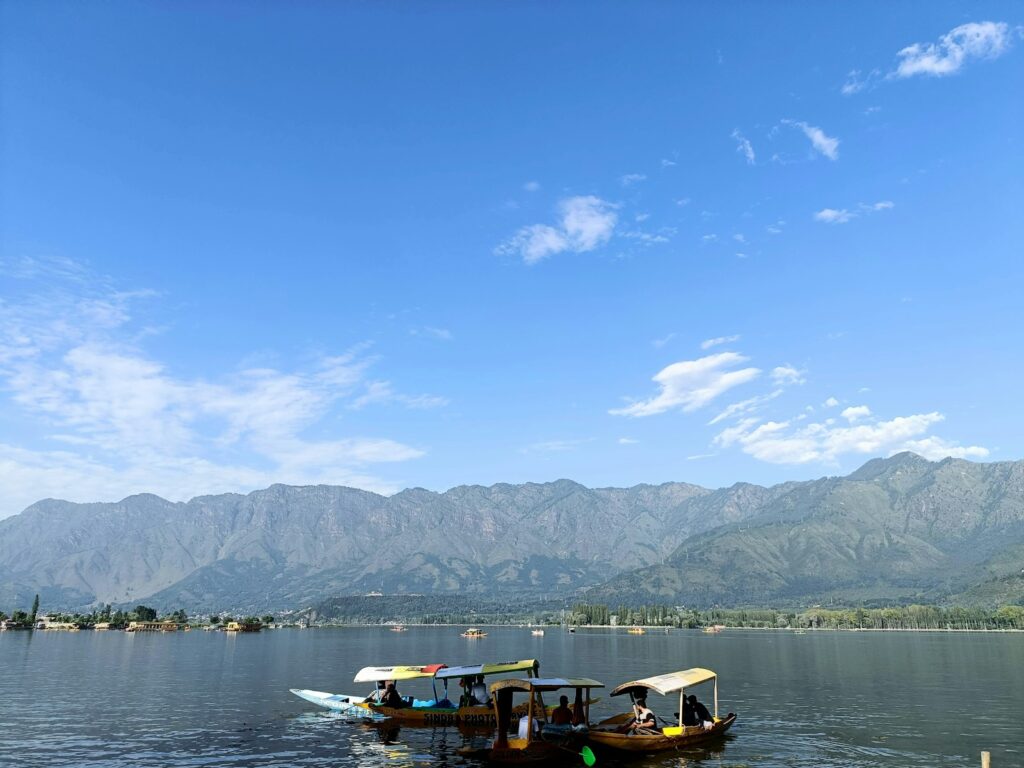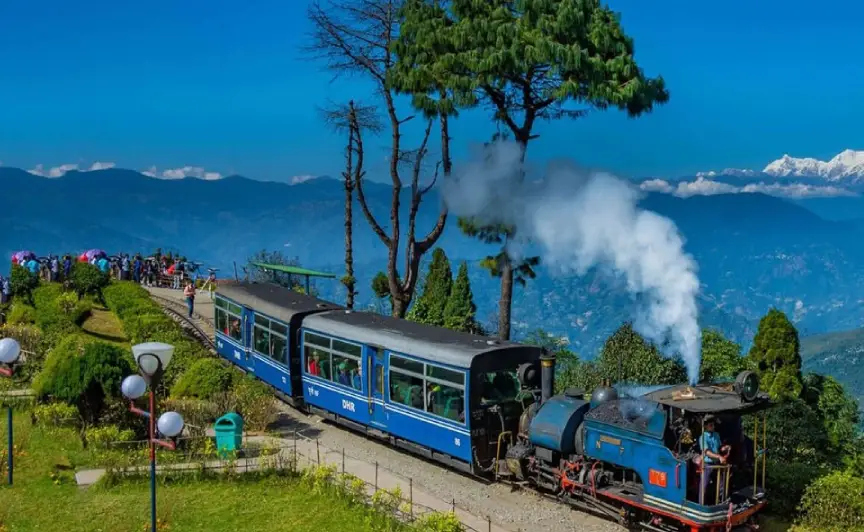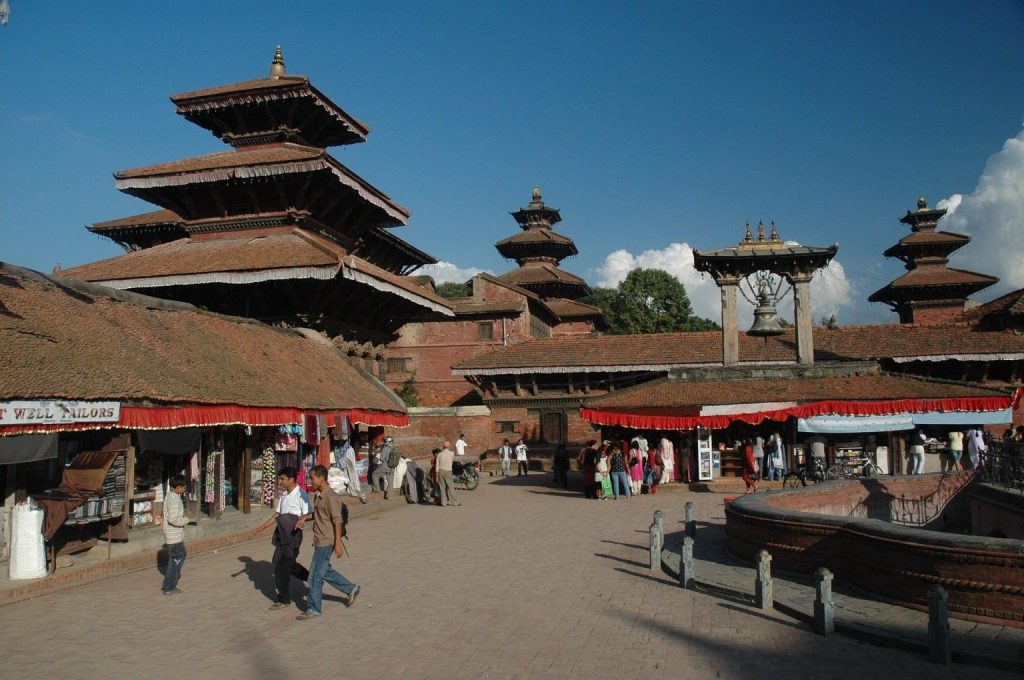8 Day(s) 7 Night(s)
Trip Type: Adventure & Wildlife
Adventure & Wildlife Tourism
It involves experiencing your destination through physically participating in activities. This can involve a variety of actions such as; hiking, snorkeling, skydiving, and much more. Therefore, it appeals to those seeking adrenaline and thrill. Adventure tourism is especially popular among youth. Adventure travel is a type of niche tourism that involves a certain degree of risk requiring special skills.

Adventure travel brings you closer to your inner self and gives you the chance to challenge yourself. When we are about to step into the unknown and take risks, it makes us realize that we need to put in greater attention. As a result, we develop an intense state of self-awareness. The feeling of newer experiences gives an added push. It also helps in the development of infrastructure and supports local communities contributing to the local economy.
Adventure activities bring you physical activities including hiking, mountain biking, and hang gliding. Nature-based activities include bushwalking and birdwatching. And Cultural activities like pilgrimages invigorate the body, mind, and soul.
Adventure enhances your happy hormones, it also is a personal experience, relative to you. We try to address all safety concerns beforehand. We follow prescribed international guidelines for the safety of tourists.
Wildlife tourism refers to the observation and interaction with local animal and plant life in their natural habitats. It encompasses segments such as eco-tourism, safari tours, and mountain tourism among others. Wildlife-watching tourism occurs mainly in protected areas. The animals which are usually very ferocious and stubborn are called wild animals. Wildlife habitats are areas that fulfill some or all of the needs of a specific wildlife species for the basic requirements of food, water, reproduction (nesting), and protection against predators and competitors (cover).
Wildlife traditionally refers to undomesticated animal species but has come to include all organisms that grow or live wild in an area without being introduced by humans. Wildlife helps in maintaining the balance of nature. The killing of carnivores leads to an increase in the number of herbivores which in turn affect the forest vegetation,
Wetlands are among the most productive ecosystems in the world, comparable to rainforests and coral reefs. An immense variety of species of microbes, plants, insects, amphibians, reptiles, birds, fish, and mammals can be part of a wetland ecosystem.
Famous Places in India for Wildlife Tourism
- Bandhavgarh National Park, Madhya Pradesh. …
- Jim Corbett National Park, Uttarakhand. …
- Ranthambore National Park, Rajasthan. …
- Sundarbans National Park. …
- Kanha National Park, Madhya Pradesh. …
- Kaziranga National Park, Assam. …
- Gir National Park, Gujarat. …
- Pench National Park, Madhya Pradesh, and Maharastra
- Taboba Andhari Tiger Reserve






